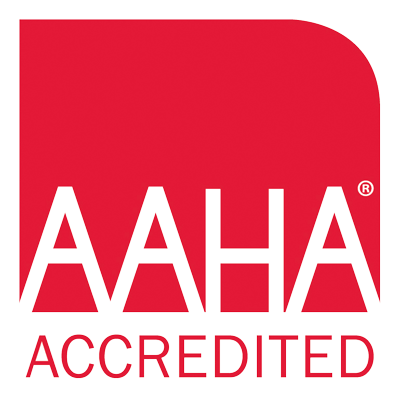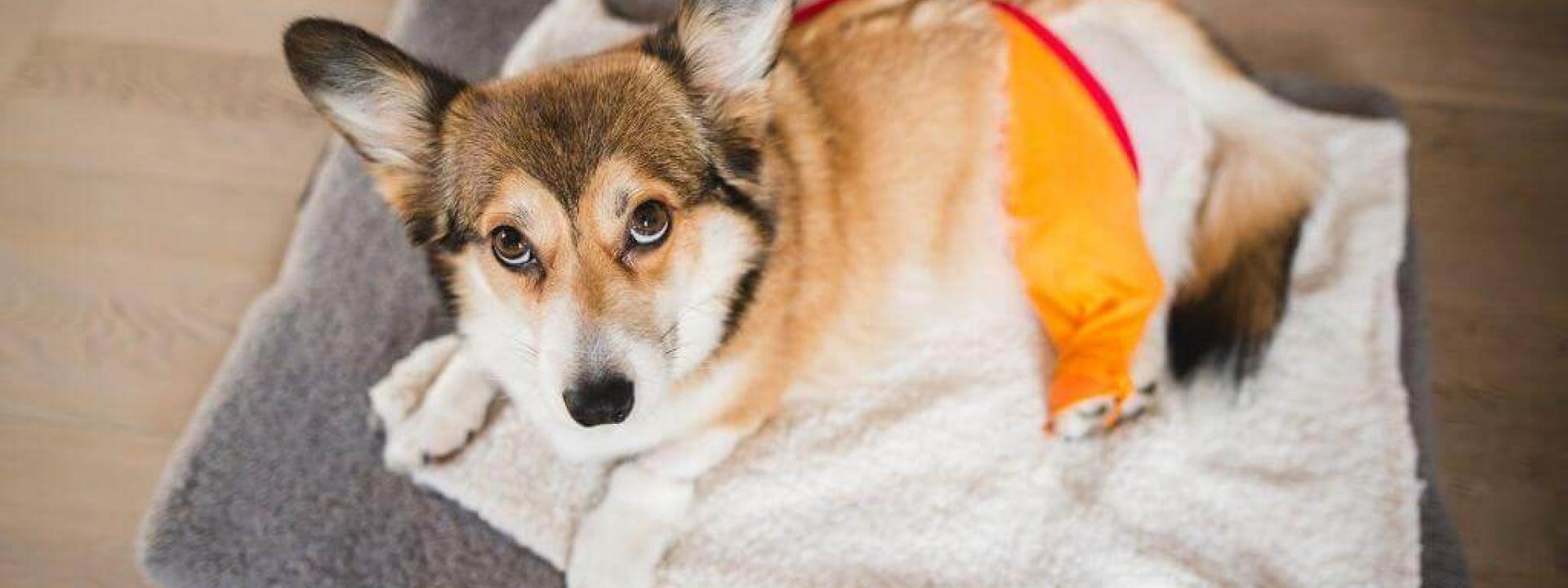From ligament repair to total hip replacement, dogs are subject to the same types of orthopedic surgeries as their human owners. Nearly all dog orthopedic procedures require at least a couple of weeks of post-op recovery, depending on the extent of the surgery and your dog’s age, requiring them to stay relaxed with limited mobility while they heal. To make sure you’re prepared for the post-surgical period, we’ve compiled the top veterinarian tips to help your dog recover — from restricting activity to slowing getting them back on their feet.
Follow Your Veterinarian’s Instructions
While it’s tempting to take the advice of your neighbor or trusted friend whose dog recently had orthopedic surgery, your best source for post-surgical instruction is your veterinarian. Following surgery, they will take the time to provide you with clear instructions for taking care of your dog at home and will usually put those instructions in writing. Follow them very precisely, and if there’s anything you don’t understand, ask for clarification. If any part of those instructions isn’t working for your dog once they’re home, give your veterinarian’s office a call to help troubleshoot the issue.
Restrict Activity
The number one priority following orthopedic surgery is restricting your dog’s mobility for some time. While they won’t be very energetic immediately after due to the anesthesia, they will feel better relatively quickly depending on their age and will attempt to play and move around as usual.
When your dog is recovering from surgery, you must keep them from:
- Running
- Jumping
- Going up or down stairs
- Playing hard
- Chewing their incision
If your dog is too active too quickly, you risk undoing the surgical repair or tearing stitches. The most effective way to limit their activity is to place them in a playpen or confine them to a small room. Make the space cozy and quiet, and if they continue to be too active, give them some crate time to calm them down. Your veterinarian can also dispense a sedative to keep your dog calm and help in their recovery. You might also consider keeping your dog separate from any other pets during their recovery period, as these pets might not understand that your dog needs to rest and will continue to try to get their playtime.
Pain Management
Part of your post-surgical consultation with your veterinarian will be focused on pain management and administering prescribed pain medications and possibly antibiotics. Follow those instructions closely, and keep track of when your dog last received their medications to avoid accidentally doubling up their dosage. Also, have some ice packs handy to help your dog recover. Icing the area will help reduce inflammation, take some of the pain away, and expedite healing. Always place a towel between the ice pack and your dog’s skin.
Caring for the Incision
We will send your dog home from surgery with the Elizabethan cone, also known as the dreaded “cone of shame,” but this is a critical element to their healing. Dogs instinctively try to bite, chew, or scratch the incision and paw or bite at their bandages, and the cone prevents them from being successful. If the plastic cone isn’t popular with your dog, inflatable cones are readily available and perhaps more comfortable for them but be sure to get approval from your veterinarian first. Stitches are usually removed 10-14 days following surgery unless your veterinarian opted for stitches placed inside the wound, which will dissolve on their own. Regardless of the type of stitches, the cone is vital to avoid licking and infecting the incision. Also, keep the bandages as dry as possible and replace them if they get wet. Wet bandages extend the healing time and can also lead to infection.
Slowly Get Back to Normal
Following the period of confinement and rest, you should reintroduce your dog to exercise and other activities, starting slowly and steadily building them back up. Start with walks around the house, eventually graduating your dog to a long walk outside and more active playtime. Only after you have the green light from your veterinarian should your dog resume normal activities. Depending on your dog’s surgery, your veterinarian might suggest physical therapy, which is a great way to improve their mobility slowly and in a safe environment. The American Animal Hospital Association (AAHA) details what is involved in veterinary physical rehabilitation, from treadmill therapy to massage.
While post-surgery recovery is difficult, especially for younger dogs that feel better quickly and can’t understand why they’re restricted, following your veterinarian’s instructions closely is imperative to their long-term well-being. The success of any orthopedic surgery is contingent on a careful recovery and slowly easing them back to their everyday routines and activities. Contact us if you would like to learn more about how to help your dog recover from orthopedic surgery or if your dog has had surgery and you suspect there may be complications.



